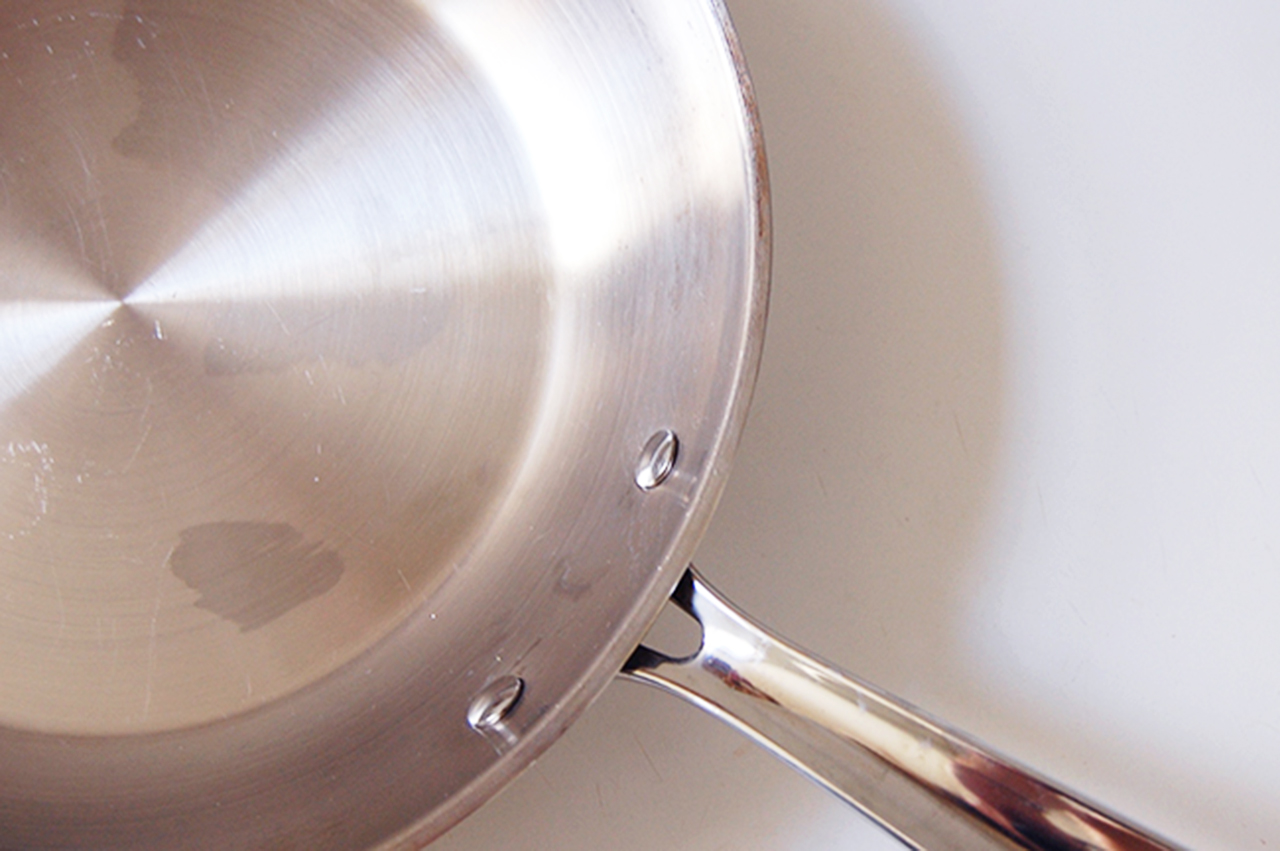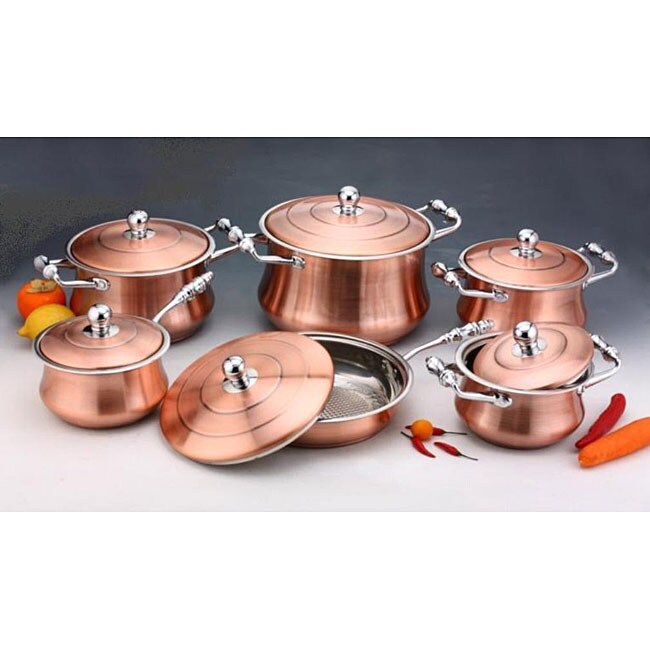
The average daily intake of chromium in the US population has been estimated at 76 μg while the US FDA recommended daily intake is 120 μg Cr ( 14). Low levels of Cr (III) are essential for human health and metabolism of glucose, protein, and fat however adverse effects of oral Cr exposures, such as dermatitis, are also known ( 14). drinking waters range from 0.2–35 μg/L, and the US EPA has set a maximum contamination level at 100 μg/L for drinking water ( 14). Chromium levels in foods are generally estimated to be low, about 10–1300 μg/kg ( 14). Humans are exposed to Cr through food and drinking water. A single oral dose of 2500 μg of Cr can cause dermatitis in sensitized individuals ( 13). While there are some studies on the release of nickel from stainless steel jewelry ( 10) there is less data available on other exposure routes such as from cookware ( 2, 11, 12). Approximately 10% of people are afflicted by systemic dermatitis from nickel exposures which is more prevalent in women ( 9). Studies have shown the severity of dermatitis has a dose dependent relationship to oral doses of nickel ( 8). Toxicological studies indicate that a single oral dose of Ni as low as 67 μg can cause recurrence of ACD, flare up eczema, or lead to systemic dermatitis in individuals sensitive to nickel ( 8, 9). are estimated to ingest an average of 69 to 162 μg of Ni per day ( 7). In 2001, the Tolerable Upper Intake Level (UL) of Ni was decreased to 1,000 μg per day ( 6). Foods high in nickel include peanuts, peas, oatmeal, and milk chocolate 956, 699, 495, 871 μg/kg respectively ( 5). Despite its unknown essentiality, humans are exposed to Ni via the diet. There are no known human enzymes or cofactors dependent on Ni for normal function ( 4). Though Ni is known to be essential to the health of some species, it has not been proven to be essential to the health of humans ( 3). Nickel is a trace metal that occurs naturally in soils, water, plants, and animals. Both metals present many diverse potential sources. Nickel and to a less extent chromium are considered a frequent cause of ACD. Over the last several decades the prevalence of allergic contact dermatitis (ACD) has significantly increased ( 1, 2). Stainless steel cookware can be an overlooked source of nickel and chromium, where the contribution is dependent on stainless steel grade, cooking time, and cookware usage.


The tenth cooking cycle, resulted in an average of 88 μg of Ni and 86 μg of Cr leached per 126 g serving of tomato sauce. Metal leaching decreases with sequential cooking cycles and stabilized after the sixth cooking cycle, though significant metal contributions to foods were still observed. Cooking with new stainless steel resulted in the largest increases. Longer cooking durations resulted in additional increases in metal leaching, where Ni concentrations increased 34 fold and Cr increased approximately 35 fold from sauces cooked without stainless steel.

After six hours of cooking, Ni and Cr concentrations in tomato sauce increased up to 26- and 7-fold respectively, depending on the grade of stainless steel. After a simulated cooking process, samples were analyzed by ICP-MS for Ni and Cr. Trials included three types of stainless steels and a stainless steel saucepan cooking times of 2 to 20 hours, ten consecutive cooking cycles, and four commercial tomato sauces. This study examined stainless steel grades, cooking time, repetitive cooking cycles, and multiple types of tomato sauces for their effects on nickel and chromium leaching. Additional dietary sources, such as leaching from stainless steel cookware during food preparation, are not well characterized. Toxicological studies show that oral doses of nickel and chromium can cause cutaneous adverse reactions such as dermatitis.


 0 kommentar(er)
0 kommentar(er)
